Jane Racey Gleeson is a contributing writer for a variety of divisions within Michigan Medicine, including the Frankel Cardiovascular Center, Neurosciences and Pulmonology. With a focus on targeted communications she has developed content for the Michigan Medicine website and Health Lab blogs for 15+ years.

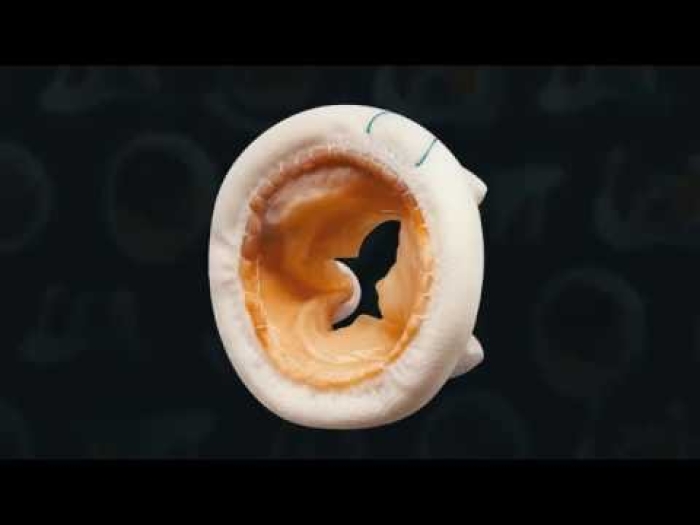
Health Lab
A video on TAVR (transcatheter aortic valve replacement), a less invasive valve-in valve procedure for treating failing surgical heart valves.

Health Lab
5 years ago, new TAVR technology changed aortic stenosis patient's options with a less invasive valve-in valve procedure. Here is one 82-year-olds story.

Health Lab
Cardiac catheter ablation, a minimally invasive procedure to treat atrial fibrillation, also know as A Fib, help a 61-year-old ice skater get off of thin ice and back in the rink.
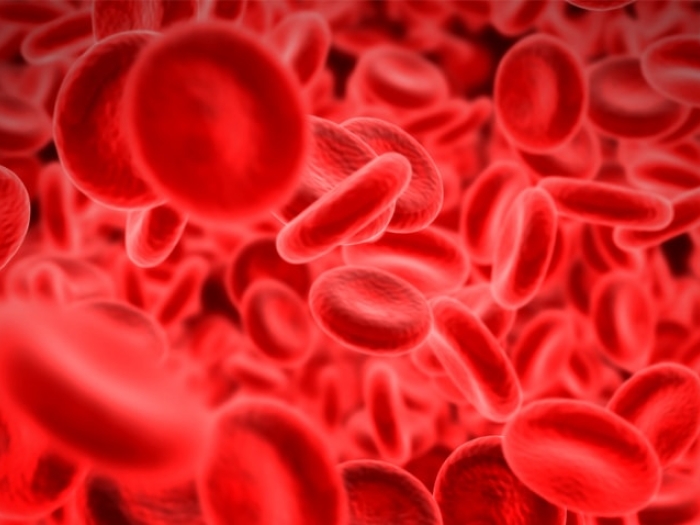
Health Lab
UMHS' Anticoagulation Toolkit can help answer common questions and concerns about anticoagulants & blood thinning medications, along with your healthcare provider.

Health Lab
How to tell the difference between a panic or anxiety attack & a heart attack, learn how to spot anxiety chest pain vs. heart attack symptoms and when to get help
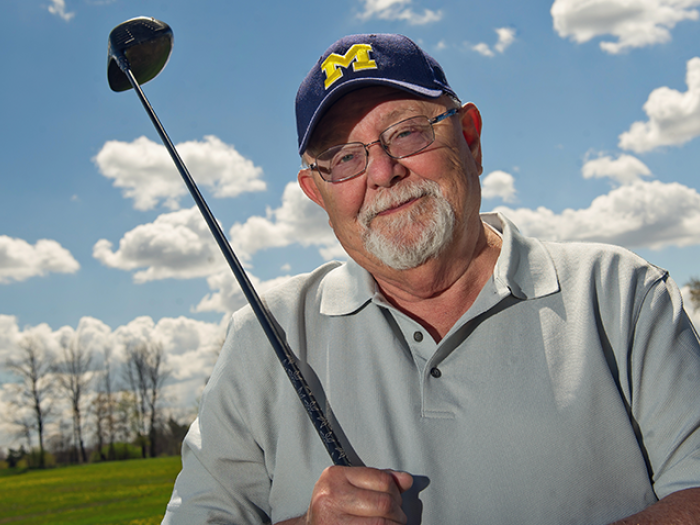
Health Lab
Circumstances differ by patient, but there are ways for doctors to tell when an enlarged aorta requires surgery, medication or observation.
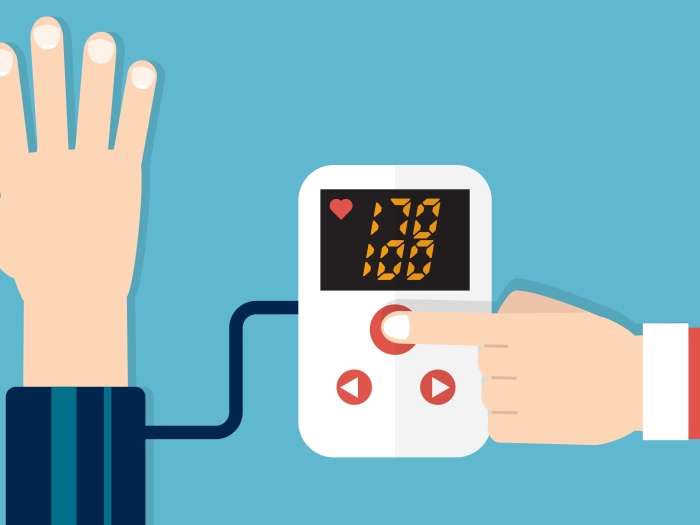
Health Lab
Learn eight easy tips to lower high blood pressure. These simple steps reduce your risk of hypertension, increasing your quality of life.
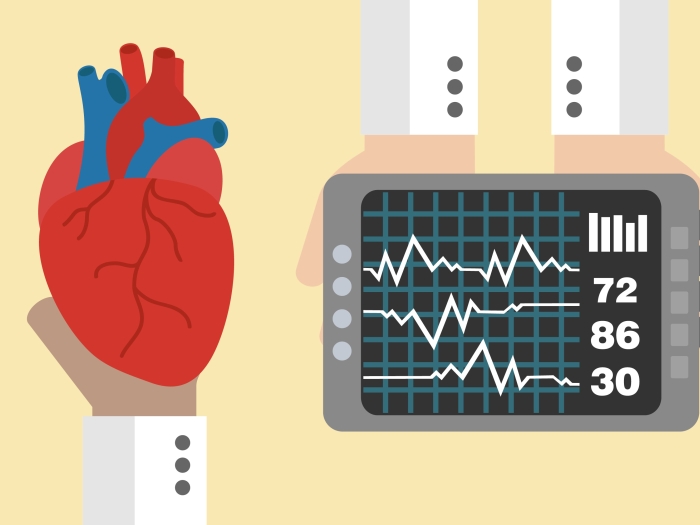
Health Lab
UMHS cardiologist and arrhythmia expert explains atrial fibrillation (Afib) treatments, considering the Watchman procedure, ablation and medication options.
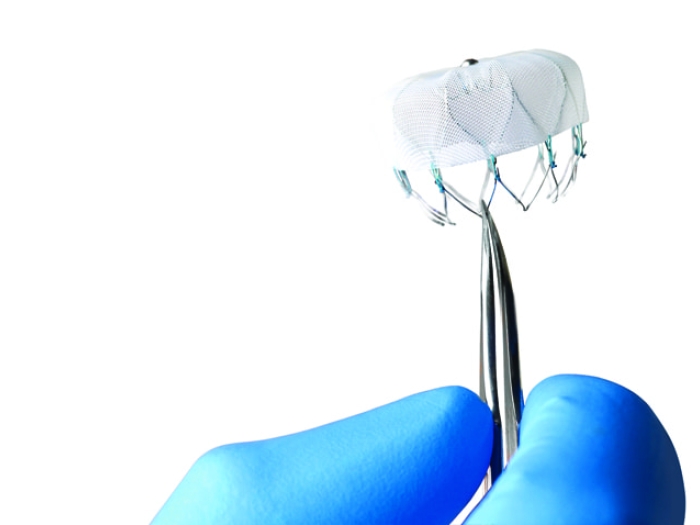
Health Lab
Watchman heart implant serves as warfarin alternative to avert stroke-provoking clots. This new medical technology is an option for certain at-risk patients.
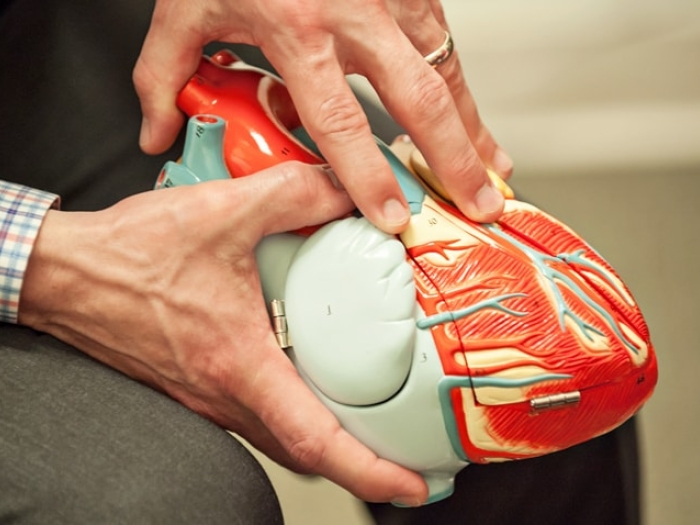
Health Lab
A U-M cardiac surgeon speaks about a rare form of blood clots called CTEPH. When medication fails, a complex surgery called PTE has shown successful outcomes.
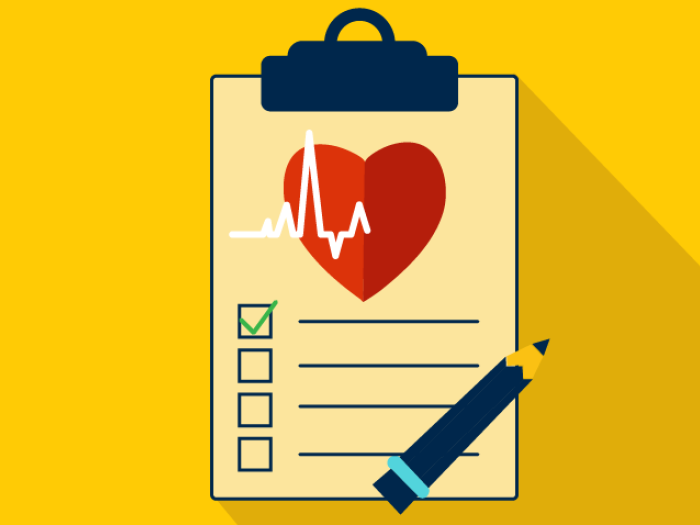
Health Lab
Learn the risk factors for heart disease by reading these simple things to measure. These tests will help you to discover your risk factors for heart disease.